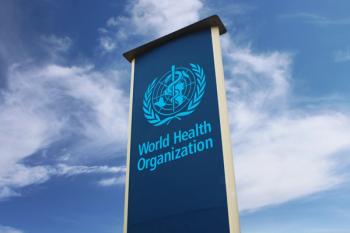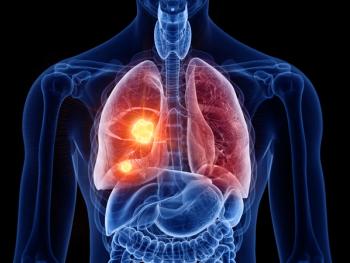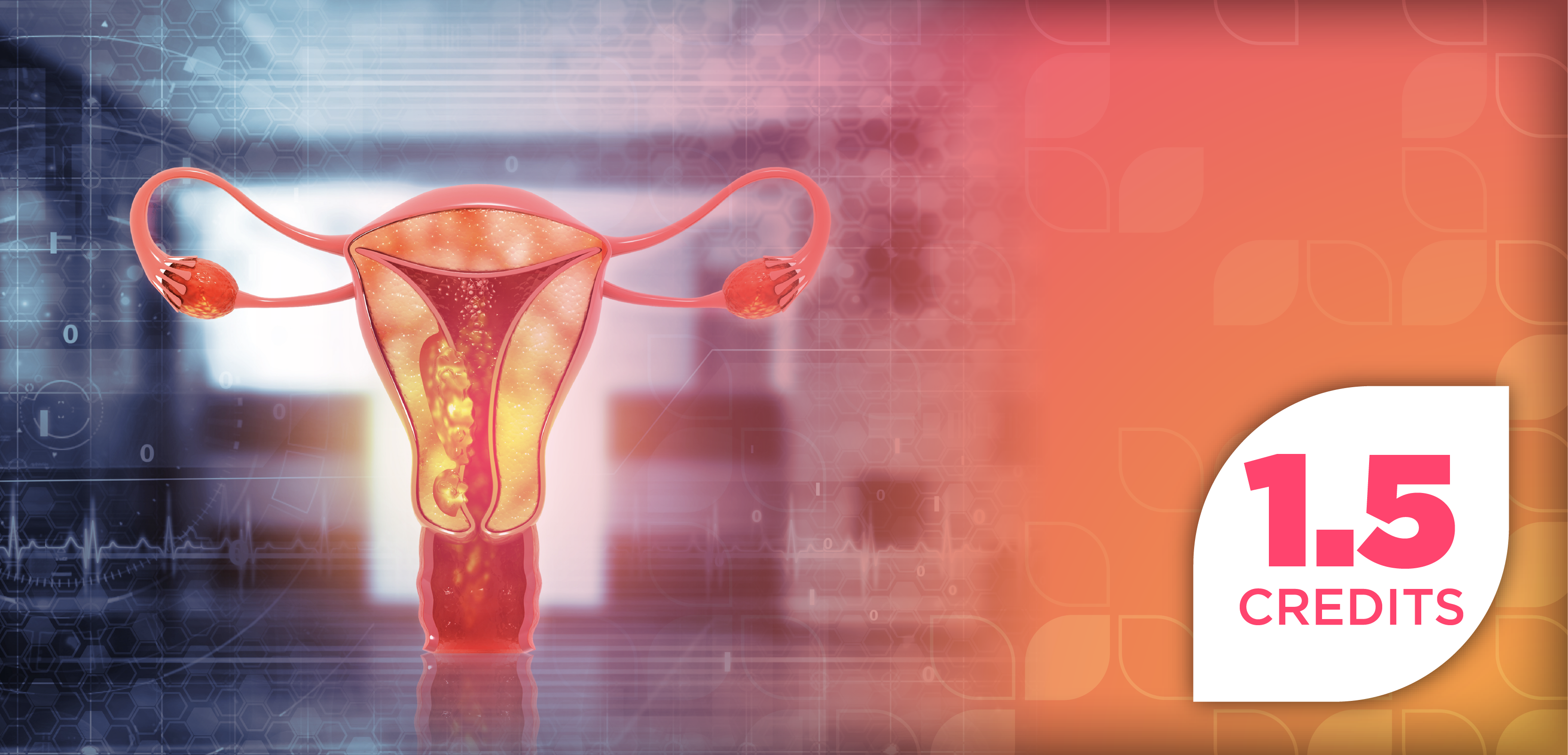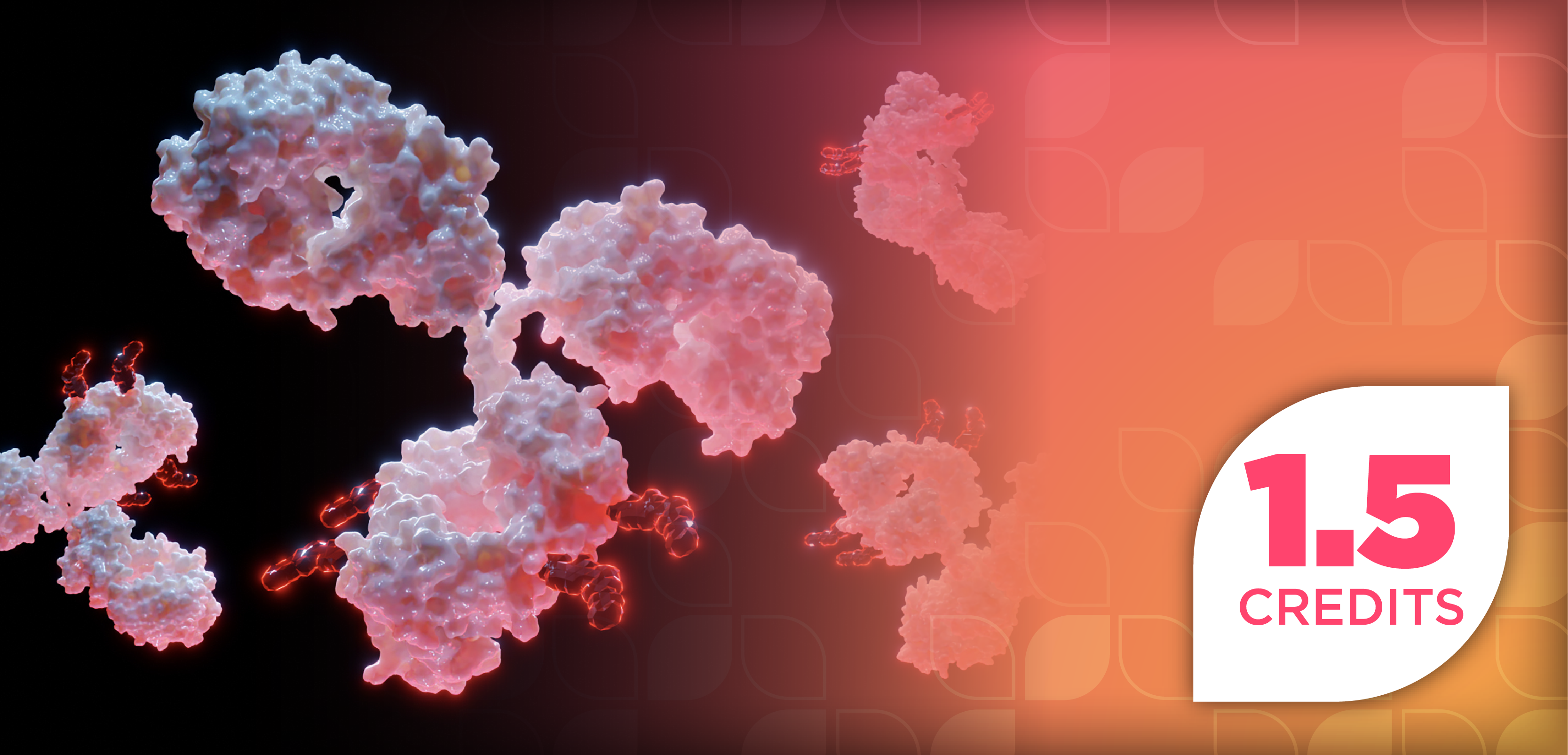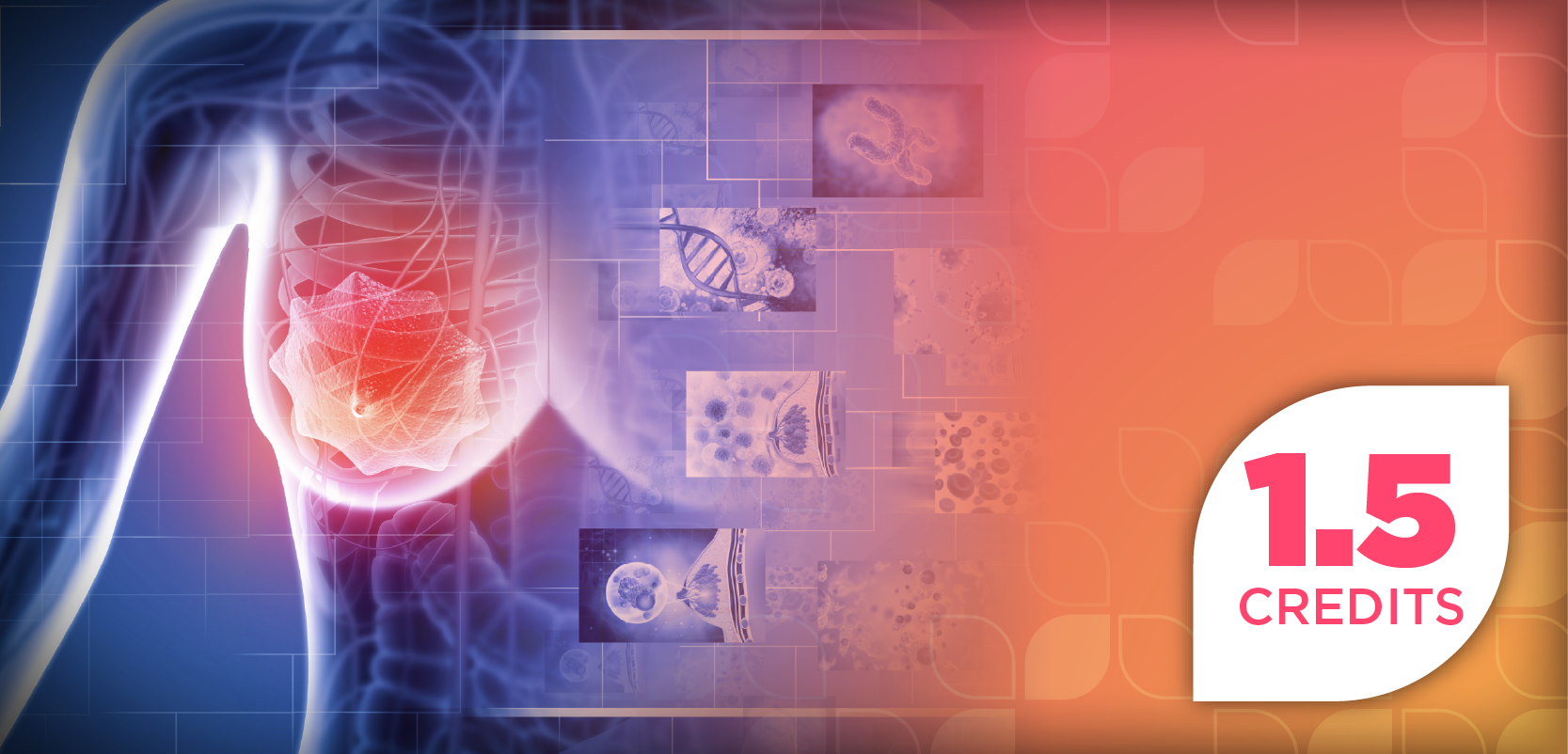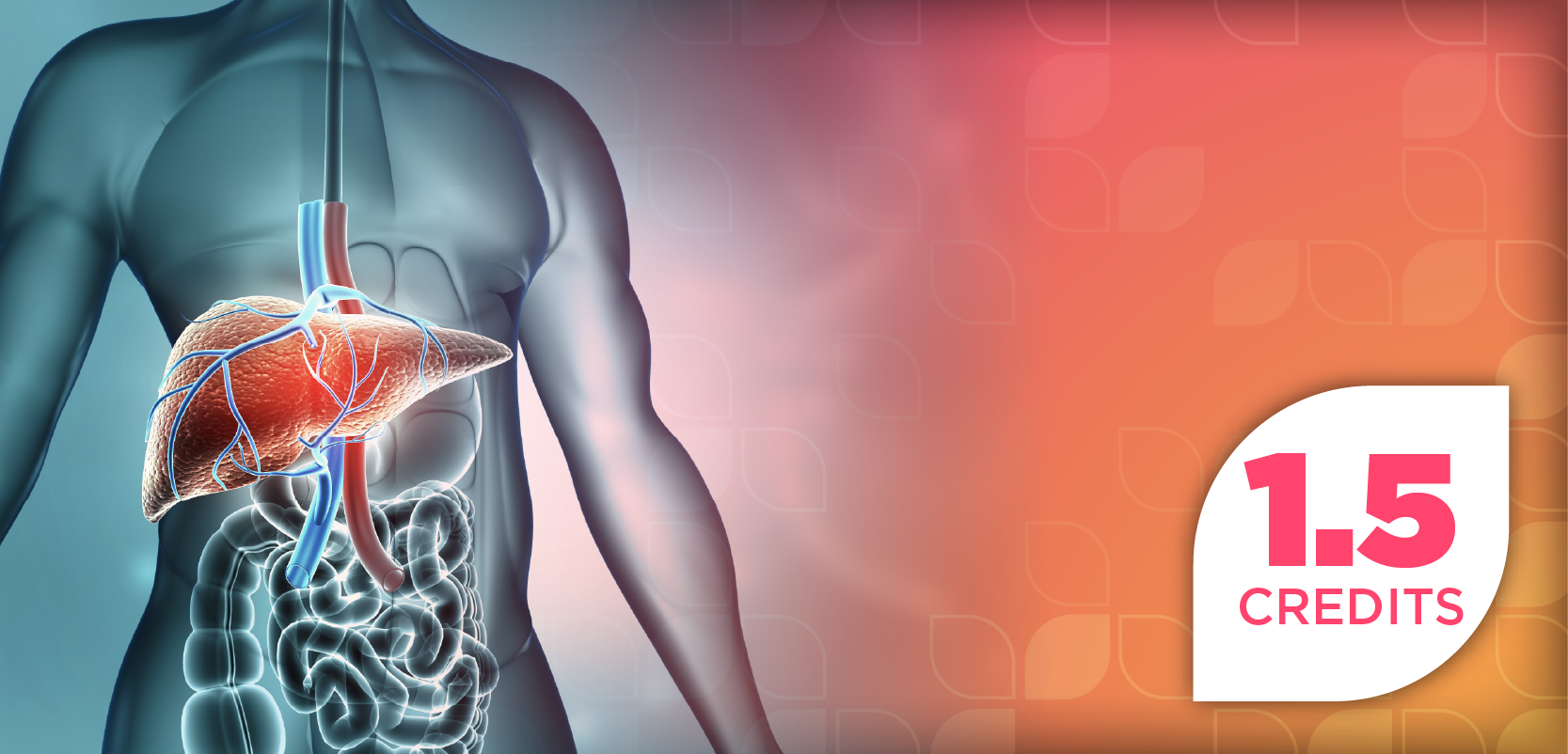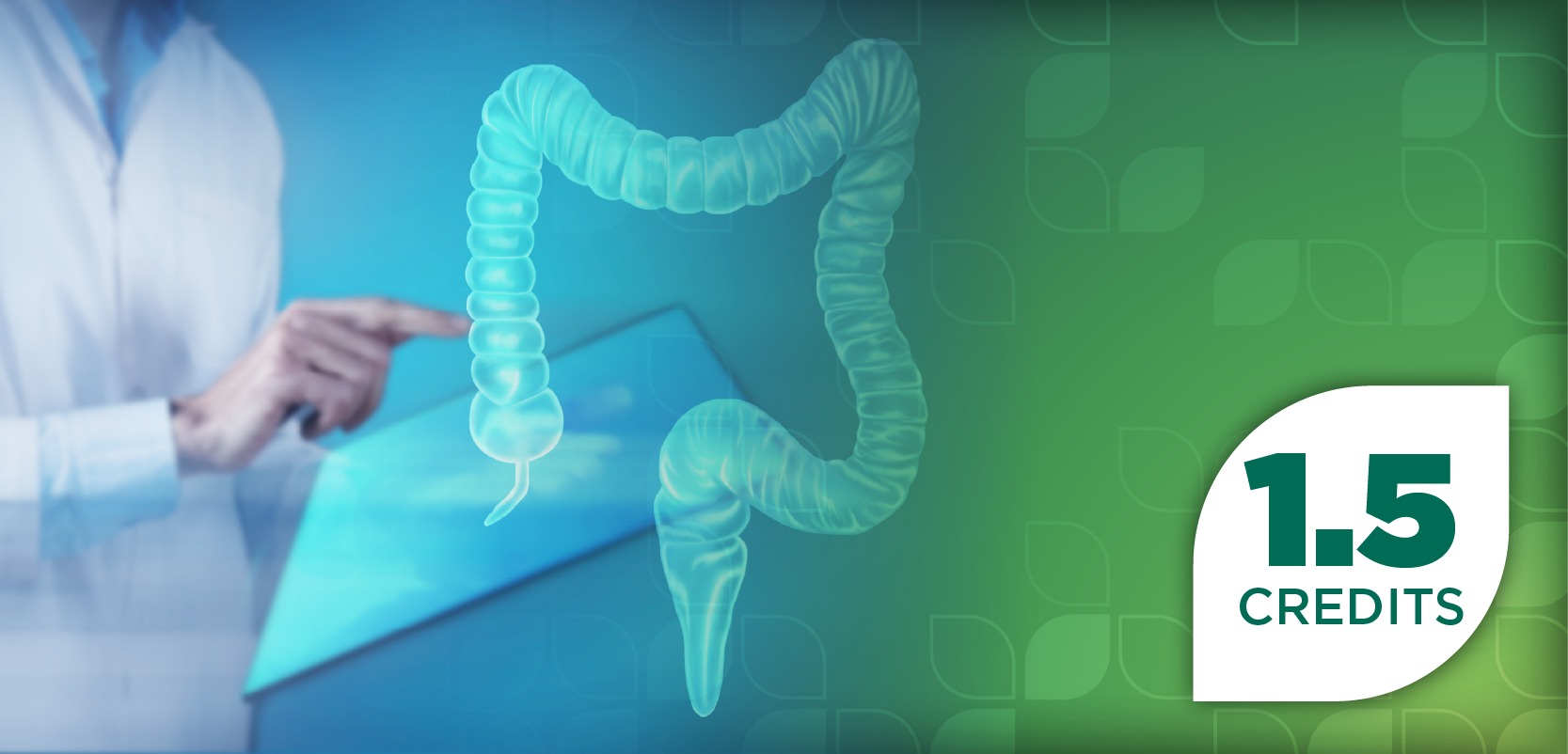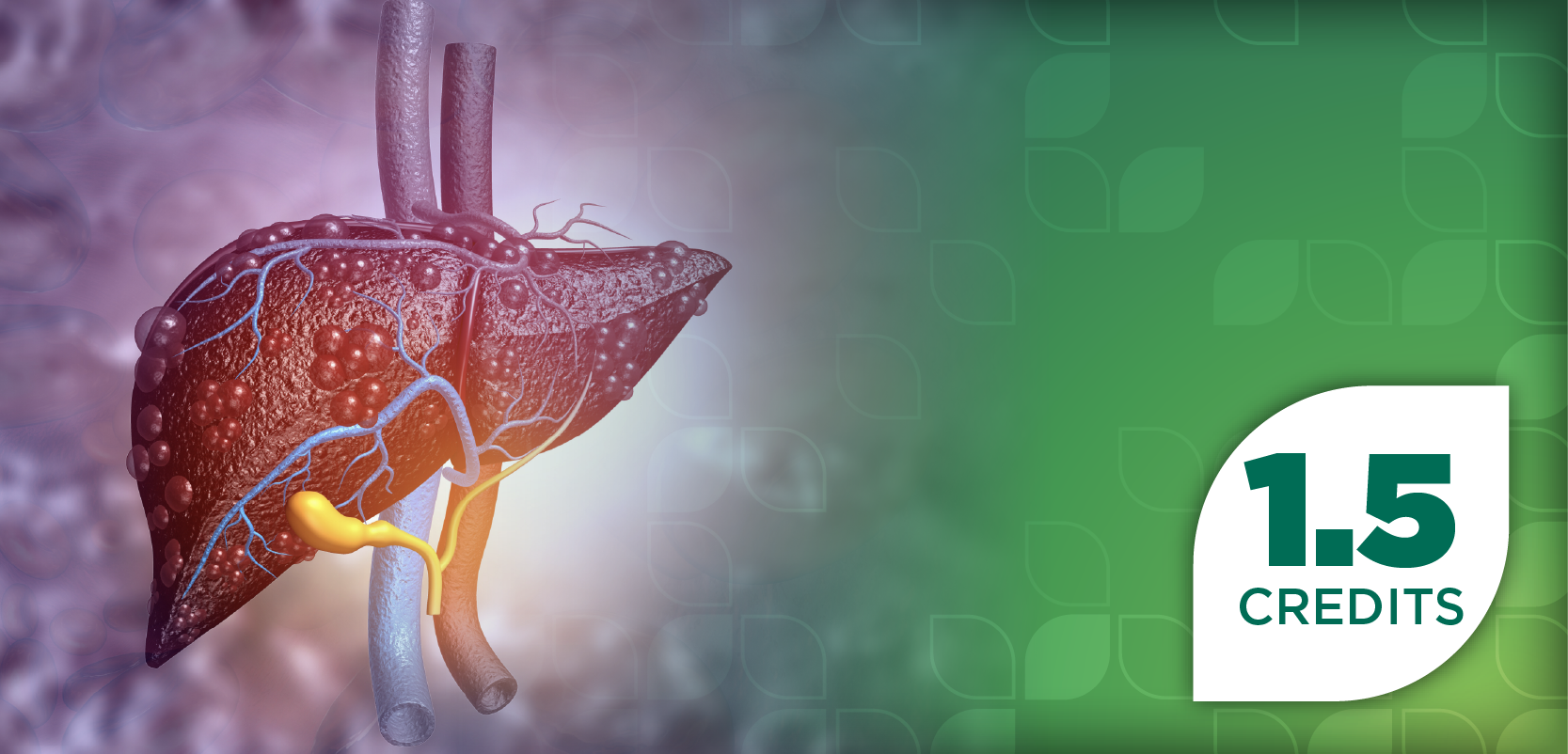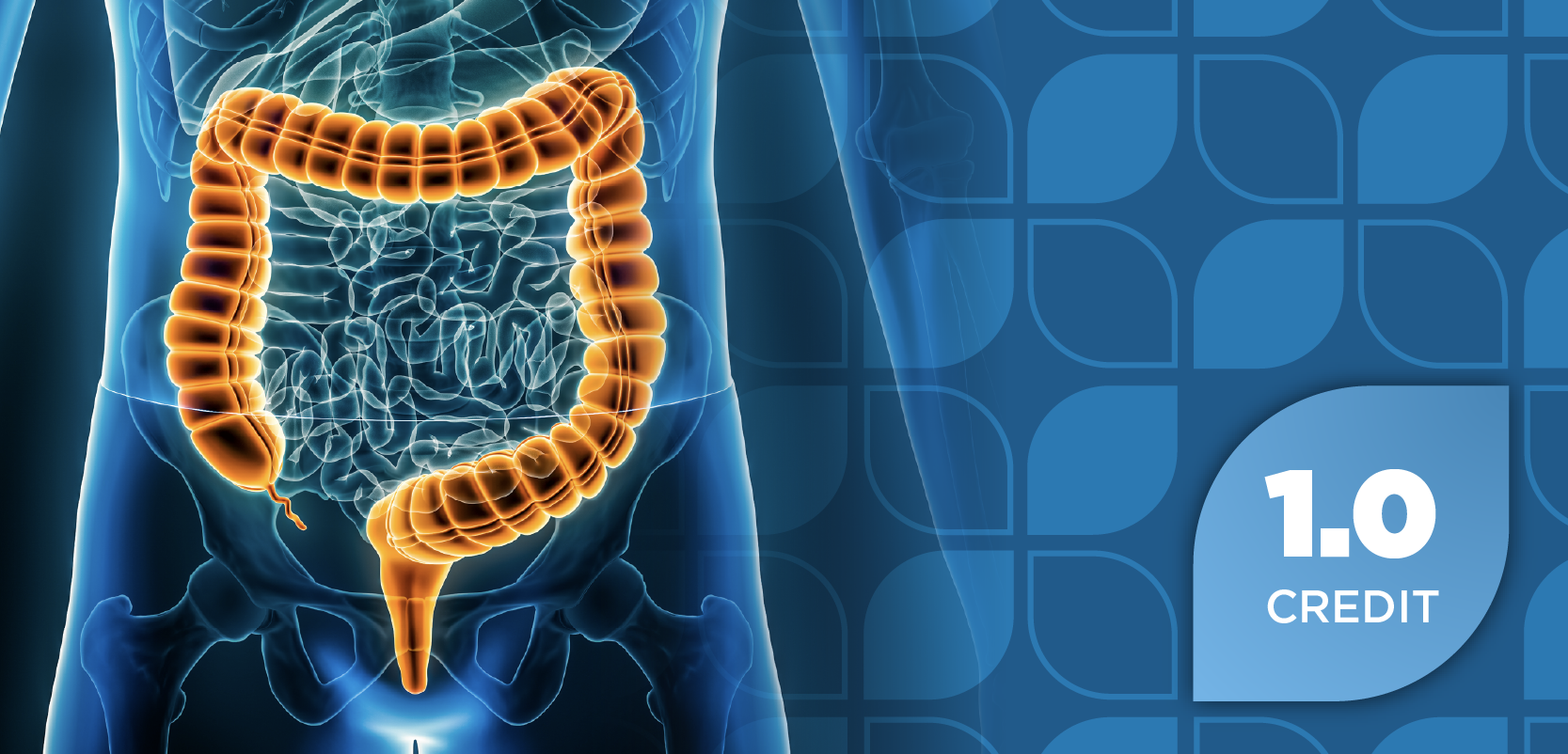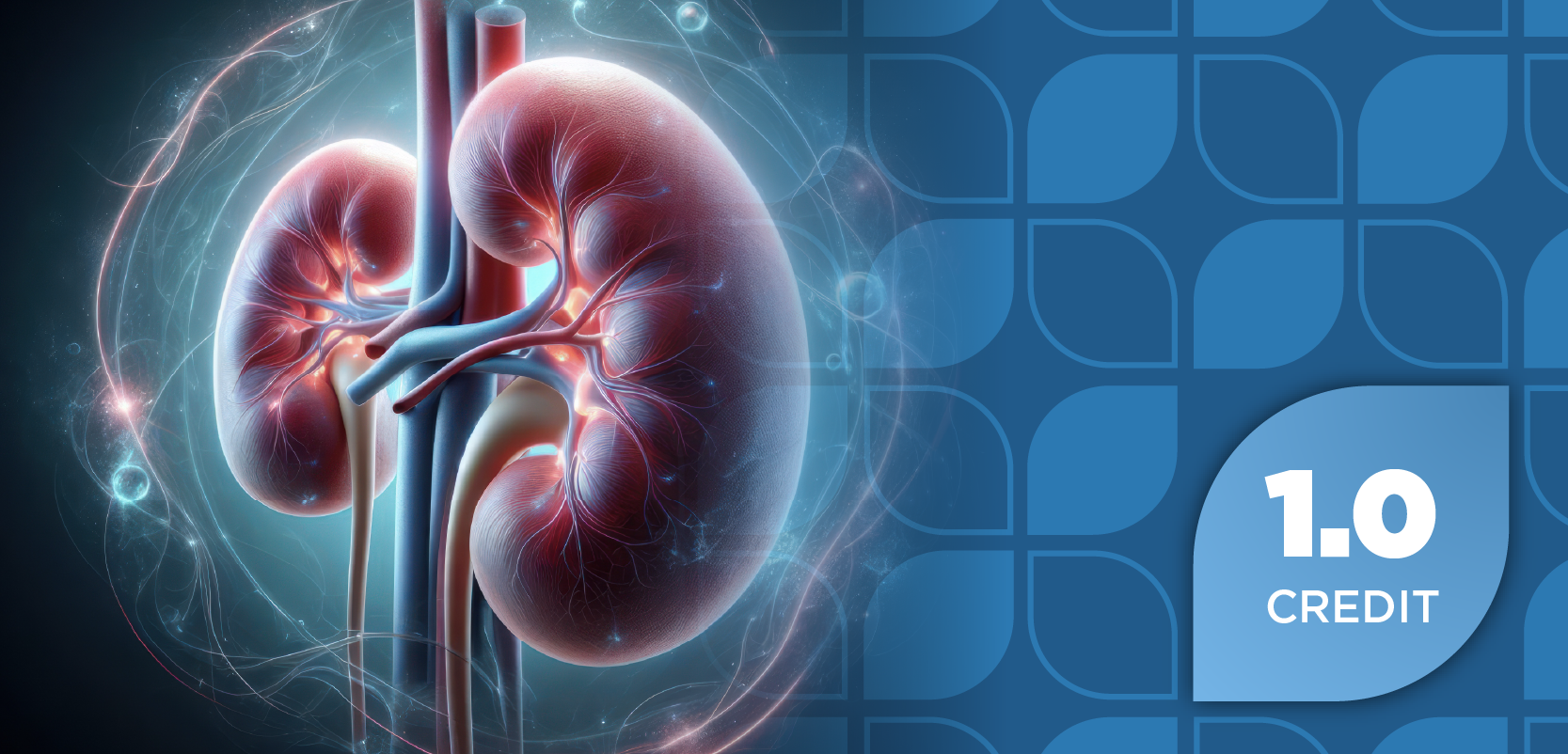
Four Predictors of Early Recurrence After PHCC Resection Found in New Study
Patients in the highest risk category had a 65% chance of recurrence of their perihilar cholangiocarcinoma (PHCC) within 1 year, this new study has found.
A new analysis has identified 4 preoperative factors that appear to be tied to the risk a patient’s cancer will recur following curative resection of perihilar
The study, published in
The study authors said an estimated 24% to 30% of people who undergo surgical resection of PHCC will experience recurrence within a year. In such cases, patients face a “dismal” prognosis, they said. The authors previously reported that the periductal enation sign (PES) on preoperative multidetector-row CT (MDCT) was associated with perineural invasion, poor outcomes, and shortened survival in resected distal cholangiocarcinoma. They therefore sought to find out whether the same might be true in PHCC and if they could identify other preoperative risk factors.
“Predicting the likelihood of early recurrence before surgery could have a profound effect on decision-making for many patients,” the investigators said.
The investigators used the medical records—including preoperative MDCT scans—of 261 people with PHCC who underwent surgical resection between 2002 and 2018. They then compared patient outcomes with preoperative clinical findings, tumor markers, and radiological appearances to identify factors that might correlate with recurrence.
In line with previously published numbers, about a quarter (25.7%) of patients experienced recurrence within a year. Among those patients, the site of recurrence was usually the liver (46.2%), followed by the peritoneum (31.3%) and lymph nodes (28.4%).
As expected, patients who were positive for PES before their surgeries had a higher risk of recurrence (odds ratio [OR], 7.37; 95% CI, 2.46-22.10). However, 3 other preoperative factors were also linked with increased risk. Patients who had carbohydrate antigen 19-9 levels of at least 37 U/mL (OR, 2.19; 95% CI, 1.08-4.46), those with mass-forming tumors (OR, 4.46; 95% CI, 1.83-10.90), and those with luminal-occlusion tumors (OR, 4.52; 95% CI, 2.11-9.68).
To make the study’s findings more clinically meaningful, the investigators created a risk classification system based on their findings. All factors found to be statistically significant were assigned a point value, and then the point values were used to classify patients into 1 of 4 early recurrence risk categories. Patients found to be in the low-risk category had a 0% chance of recurrence within 1 year. Those with a moderate risk had a 9.4% chance of recurrence, and those in the high-risk category had a 39.7% chance of early recurrence. Those in the highest-risk category (very-high-risk) had a 65% chance of recurrence.
The study investigators said it is important for clinicians to have frank conversations with patients about their risk of recurrence. Those in the very high risk category, “should be carefully informed about their dismal prognosis before surgery,” the authors said.
Reference
Yamamoto R, Sugiura T, Ashida R, et al. Preoperative risk factors for early recurrence after resection of perihilar cholangiocarcinoma. BJS Open. Published online September 2, 2022. doi:10.1093/bjsopen/zrac115
Newsletter
Stay ahead of policy, cost, and value—subscribe to AJMC for expert insights at the intersection of clinical care and health economics.


